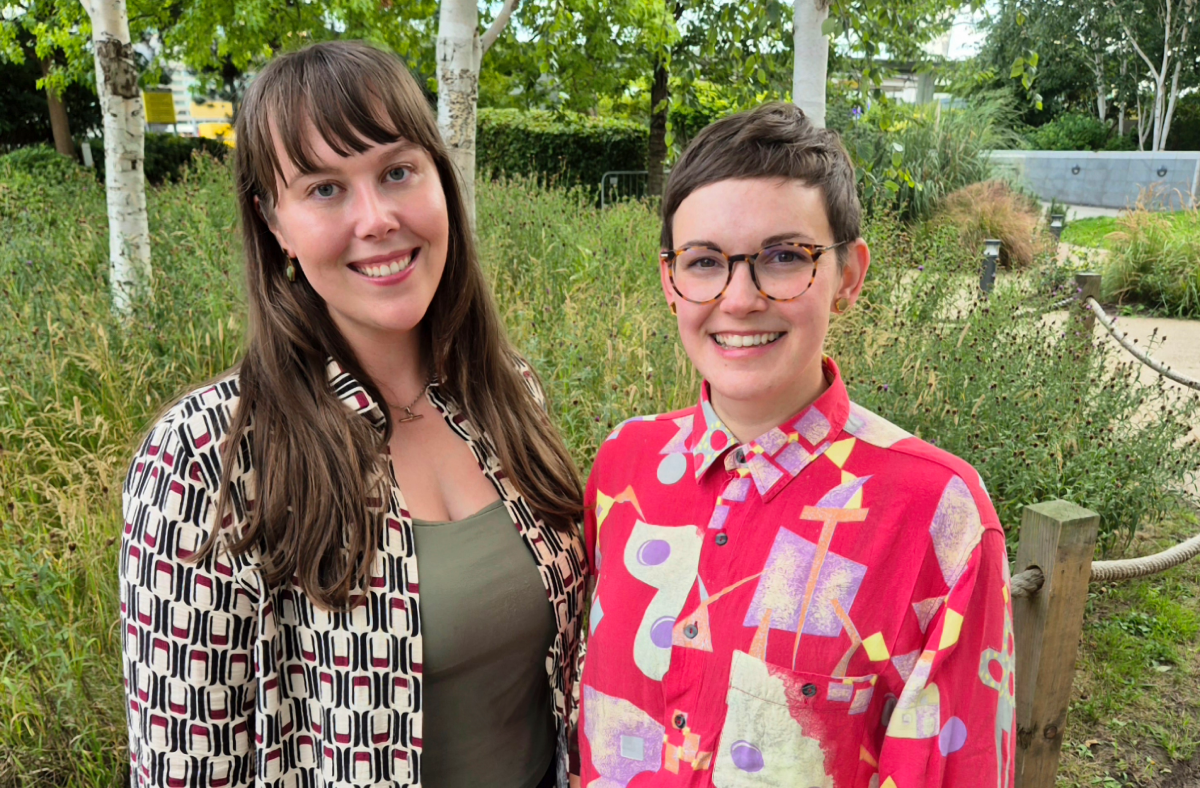In this guide, we’ll walk you through the steps to identify and understand your audience so your website can speak to them directly and help them engage in ways that make a difference.
1. Start by defining your goals
Before you think about who your audience is, it’s helpful to define what you want your website to achieve. This is important because different goals may mean you have different audiences.
Ask yourself:
- Do you want to increase donations?
- Are you looking to attract volunteers?
- Is your goal to raise awareness about a specific issue?
- Do you need to reach out to people who could benefit from your services?
Once you’re clear on your goals, you’ll have a much easier time identifying the people who can help you reach them.
2. Think of your audience as different groups
Your website probably attracts a mix of different types of visitors. Identifying these groups helps you create content and structure your site in a way that makes each of them feel welcome and informed. Here are some common types of audiences for charities and purpose-driven organisations:
- Service users: People who use or could benefit from your services.
- Financial supporters and sponsors: Individuals or companies who support you financially.
- Volunteers: People who want to get involved and help with your work.
- General supporters: People who are interested in your mission but might not be actively involved.
- Stakeholders and partners: Other organisations or professionals interested in supporting your work in different ways.
Each of these groups may have unique needs when visiting your website. Knowing who they are helps you create specific content and calls-to-action (CTAs) for each group.
3. Create audience personas to bring them to life
A “persona” is a short description of a typical visitor within one of your audience groups. Building a few simple personas helps you keep your audience in mind as you create content.
To get started:
- Gather data: Look at data from past engagement, surveys, social media insights, and website analytics. This helps you see who’s already visiting and engaging with your organisation.
- Create basic profiles: For each audience segment, create a short description. Include basic details like age, motivations, and what they’re likely looking for on your website.
Example: A persona for a donor might be something like this: “Samantha, 45, cares deeply about local community issues and prefers easy ways to make one-off or recurring donations. She’s also interested in seeing clear updates on how her donation is used.”
4. Consider what each group needs
Each type of visitor has their own reasons for visiting your website, and it’s important to meet their needs. Here are a few questions to help you understand those needs:
- What challenges or problems might they face, and how can you help?
- What information are they likely looking for?
- What might stop them from getting involved or supporting your organisation?
For example:
- Service users might want simple, clear information on how to access your services.
- Financial supporters may want to see impact stories and transparency about where their donations go.
- Volunteers will want to know how they can get involved and what kind of difference they can make.
Knowing what each group needs can guide the way you structure your website and create content.
5. Use data to confirm your Ideas
Once you’ve created personas and thought through what each group needs, it’s helpful to check your assumptions with real data. Here are some easy ways to do this:
- Google Analytics: This free tool gives you valuable insights on who’s visiting your site, what pages they’re viewing, and where they’re coming from.
- Social media analytics: See who’s engaging with your posts, and find trends in who’s following you.
- Surveys and feedback forms: A simple survey for website visitors or email subscribers can help you understand who’s visiting and what they need.
The more you know about your audience, the more effectively you can connect with them.
6. Make sure your website is accessible and inclusive
Charities and purpose-driven organisations often attract a wide range of people, so it’s crucial to make sure that everyone can easily use your site. Some simple steps you can take:
- Use fonts that are easy to read and check colour contrast to make text clear.
- Make sure forms are easy to fill out and not too long.
- Offer translations if you work with a multilingual community.
- Add descriptions for images and captions for videos.
For example, if your audience includes older people or people with disabilities, accessible design can make it much easier for them to engage with your website and mission.
7. Align your content with audience goals
Your content should reflect the goals of each audience group. Here’s a quick look at how to create content that speaks to different groups:
- Service users: Provide straightforward information on how to access your services.
- Financial supporters: Share impact stories, project updates, and clear donation options to show how their contributions make a difference.
- Volunteers: Include testimonials from current volunteers and make it easy to sign up or get more information.
Creating the right content for each group makes visitors feel understood and valued, which in turn helps them feel more connected to your cause.
8. Tailor your calls-to-action (CTAs)
A well-designed call-to-action (CTA) makes it clear how visitors can take the next step. Here are a few examples:
- “Donate Now” for visitors ready to contribute financially.
- “Join Our Community” for those who want updates or newsletters.
- “Access Our Services” for people looking to benefit from your work.
Make sure each CTA is clear, easy to find, and directly speaks to the needs of each audience segment.
9. Test and keep improving
Understanding your audience is an ongoing process. As you learn more, test different approaches and see what resonates. Some ways to do this:
- Use A/B testing to compare different messages or calls-to-action.
- Collect feedback via a quick survey or a “Did you find what you were looking for?” option on key pages.
- Regularly review your engagement metrics and adjust your content or design as needed.
Final Thoughts
Your audience is at the heart of your organisation’s mission, so understanding who they are and what they need is key to building an effective website. By taking the time to define your goals, think about your different audience segments, and make intentional choices based on their needs, you can build a website that truly supports your mission.
If you’d like a bit of guidance in aligning your website with your audience’s needs, feel free to get in touch with us at Design Impact. We specialise in creating websites for purpose-driven organisations, making sure they’re clear, accessible, and effective in supporting your mission.

.png)




